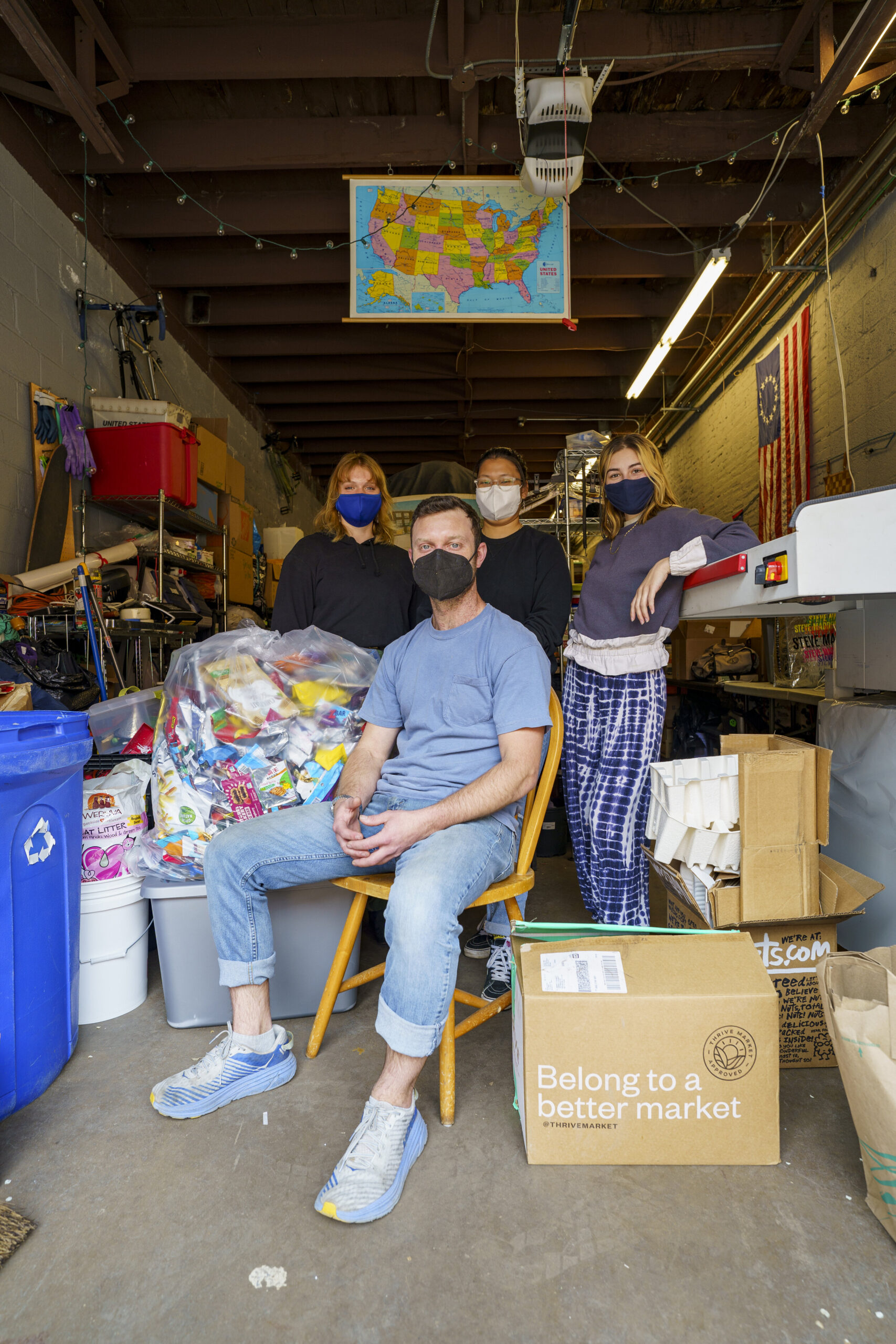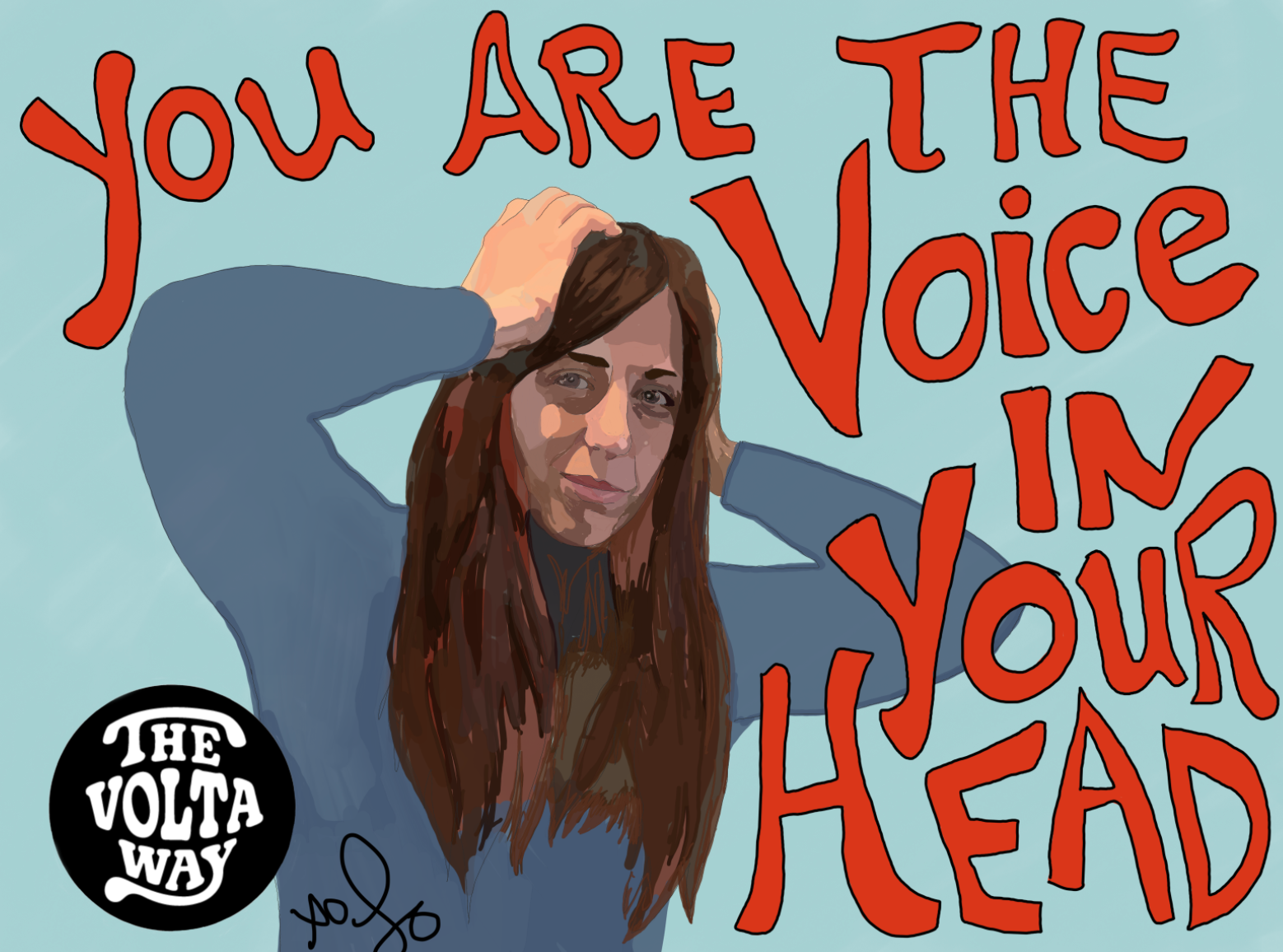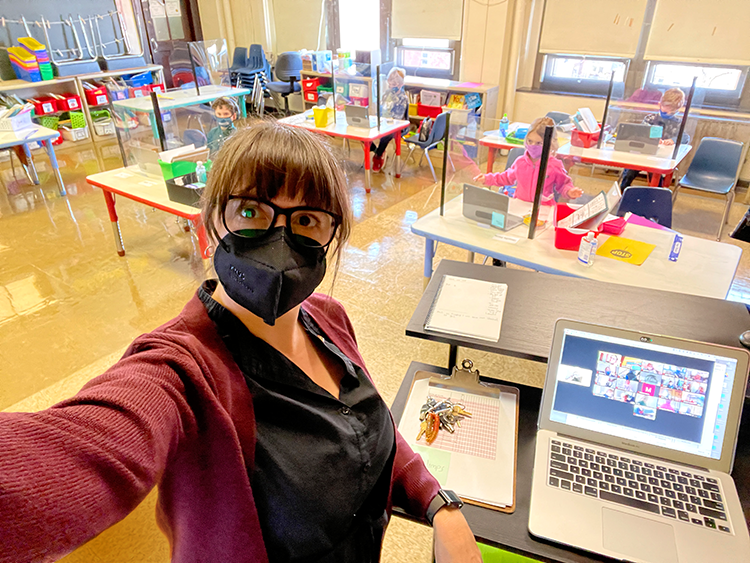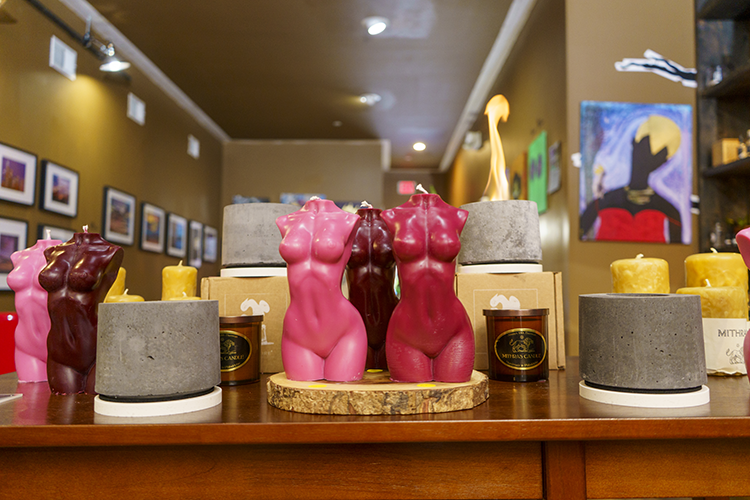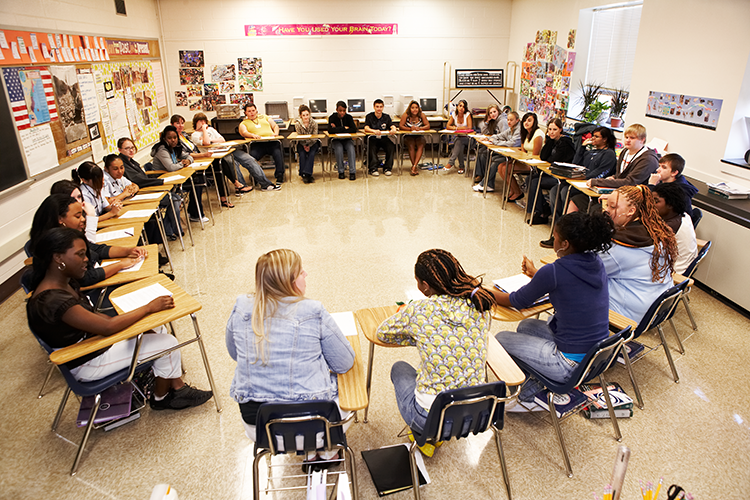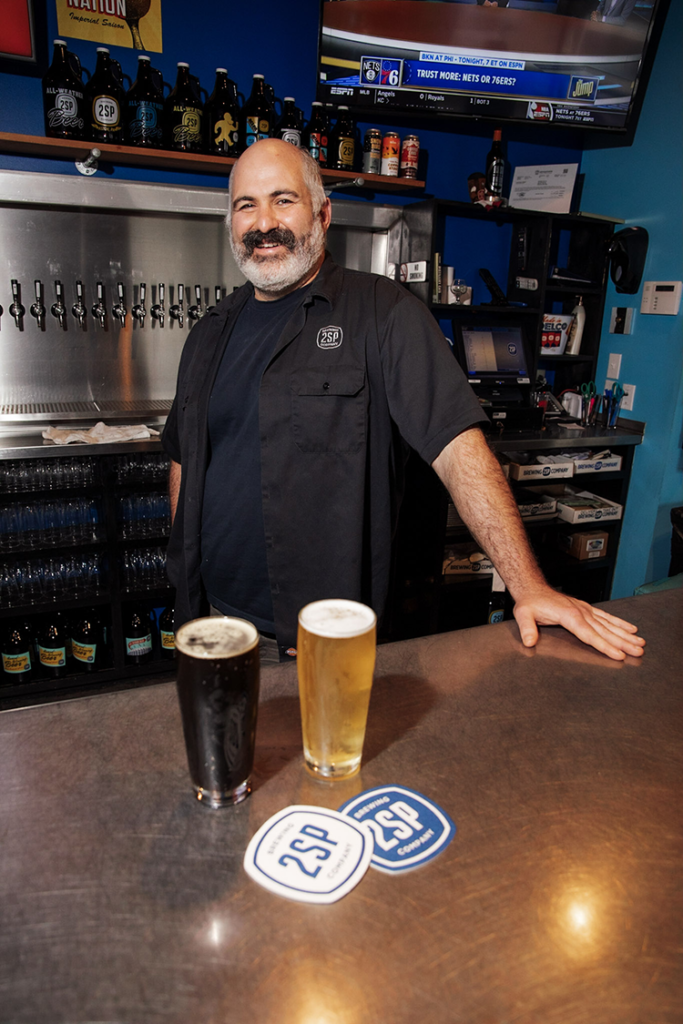When I was a kid—we’ll call this long ago time “the ’70s”—seatbelts hung unused while Mom’s arm reached across our bodies any time our car came to a sudden stop.
Beer and soda were packaged in aluminum cans and had what was called a “pull-tab,” or “ring-tab.” You would put your finger through the ring on the tab, pull it back and remove it—carefully, because they were sharp. Once removed, there’s a good chance you’d throw it on the ground, like a cigarette butt.
I remember one day spending hours in the parking lot of my Dad’s restaurant and picking up hundreds of pull-tabs. I’d like to tell you there was some environmental motivation, but it was really just fun for me. After the day’s haul filled a bag, someone took it to a place that bought scrap metal. (Remember, there was no recycling program then.) Unfortunately, my hours of gathering pull-tabs wasn’t highly valued by the market. I may have earned a quarter.
It’s impossible not to marvel at how much progress has been made in the last 40 years. Our understanding of the implications of waste has grown tremendously. Millions recycle religiously, because once you start recycling, it feels downright sinful to throw an aluminum can in the trash.
The same applies to food waste once you begin composting. A trashed apple core is an assault to the natural order: it’s a crime against nature, however small.
Rabbit Recycling (p. 28) is the next part of the evolution because ultimately, people don’t want to throw away anything. It feels like a failure.
This progression should be applauded, but we need radical change where the problem begins: manufacturing.
“Plastic Is Falling From the Sky. But Where’s It Coming From?” is a disturbing piece published by Wired Magazine on April 13. The plastics in question are microplastics: pieces of plastic that measure less than 5 millimeters. They can come from bottles or bags, but the majority of them come from highways. Tires, made of rubber reinforced with plastic, break down with wear and tear. These little pieces of plastic are carried by the wind everywhere—even to the most remote places.
And that is only half of the story. Many pieces of clothing have plastic in them. When they go through the wash, microplastics break loose. Some end up in sludge that is used as fertilizer, depositing plastics into our soil, and some are flushed out to sea. So much plastic is in the ocean now that a sizable chunk of microplastics in the air are actually coming from the sea. Crashing waves launch them into the air, adding to the microplastics already swirling around us. We can’t outrun this legacy.
Another article worth reading: “You’re literally eating microplastics. How you can cut down exposure to them,” written by Consumer Reports and published by The Washington Post in 2019.
The full article is well worth the read, but here’s one excerpt:
“[B]ottled water has about double the microplastic level of tap water, according to Sherri Mason, sustainability coordinator at Penn State Behrend and a chemist who has studied plastic in tap water, beer, sea salt, and bottled water.”
My intention is not to overwhelm you, and it’s definitely not to minimize the importance of a company like Rabbit Recycling. Their contributions are enormous, and I might give them a big post-vaccine hug when they take the batteries, light bulbs, torn clothes and computer equipment languishing in my basement.
We need to understand the scale of what’s happening, and we need to address the source. We can’t send our children outside to pick up microplastics. Wait—that’s not true. Just like us, they are gathering them in their bodies when they eat and breathe, whether we like it or not.
Alex Mulcahy
Editor-in-Chief


